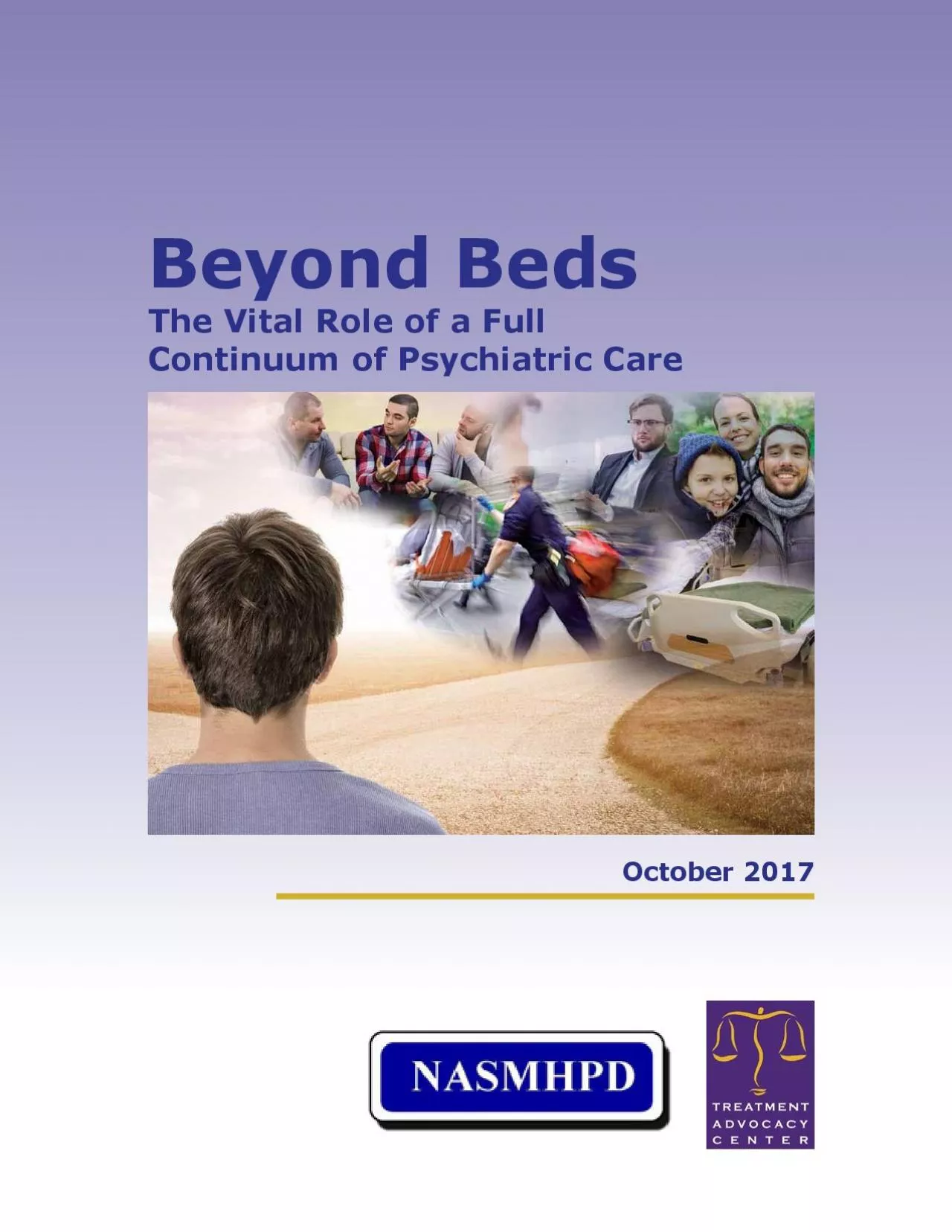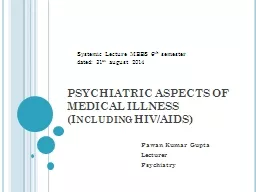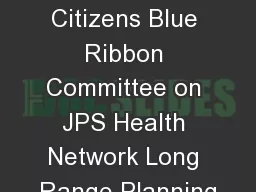PDF-Beyond Beds The Vital Role of a Full Continuum of Psychiatric Care
Author : isla | Published Date : 2021-09-27
October 20172 Beyond Beds The Vital Role of a Full Continuum of Psychiatric Care Medical Director Behavioral Health and Forensic Programs Michigan Department of
Presentation Embed Code
Download Presentation
Download Presentation The PPT/PDF document "Beyond Beds The Vital Role of a Full Con..." is the property of its rightful owner. Permission is granted to download and print the materials on this website for personal, non-commercial use only, and to display it on your personal computer provided you do not modify the materials and that you retain all copyright notices contained in the materials. By downloading content from our website, you accept the terms of this agreement.
Beyond Beds The Vital Role of a Full Continuum of Psychiatric Care: Transcript
Download Rules Of Document
"Beyond Beds The Vital Role of a Full Continuum of Psychiatric Care"The content belongs to its owner. You may download and print it for personal use, without modification, and keep all copyright notices. By downloading, you agree to these terms.
Related Documents














